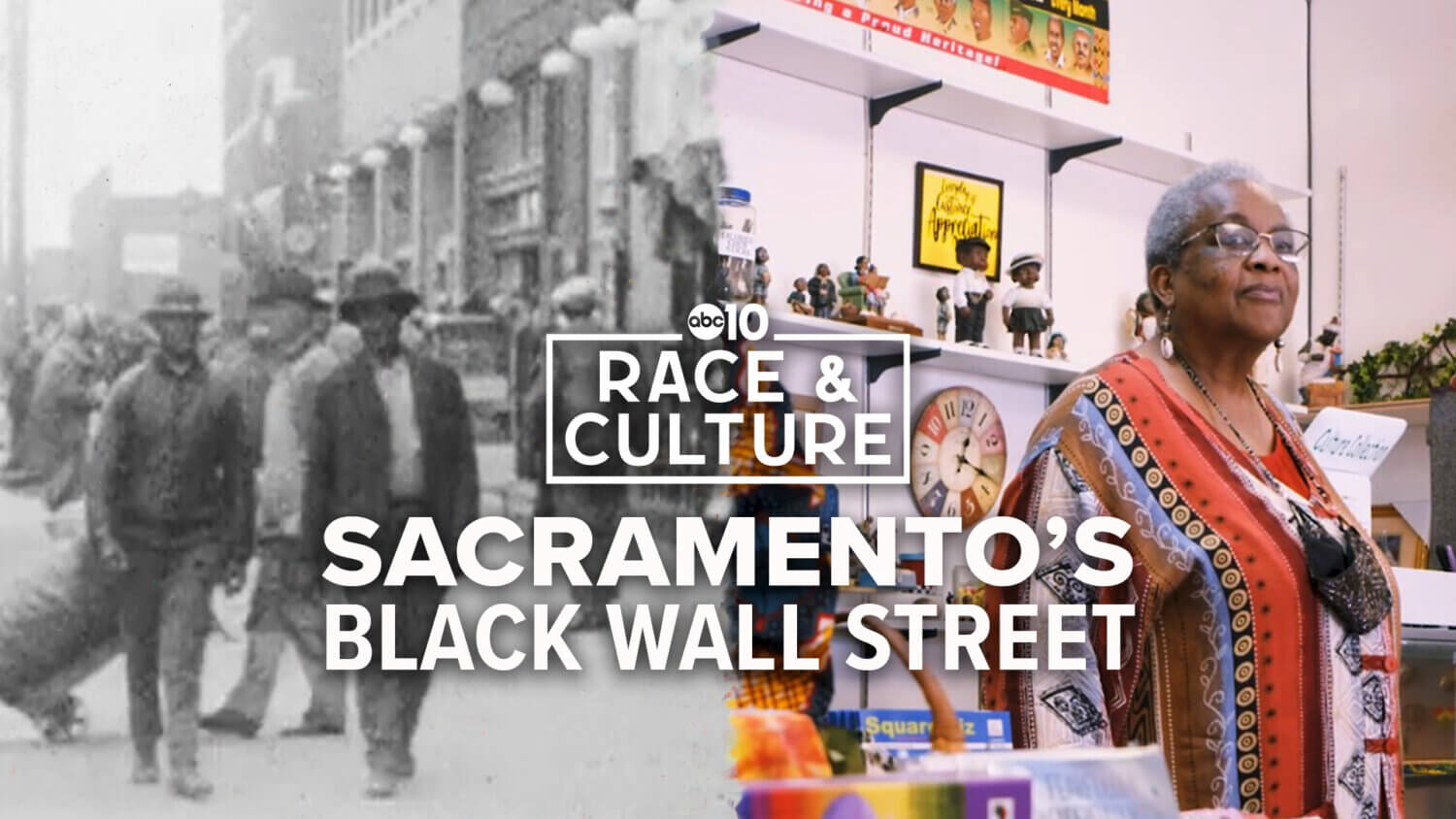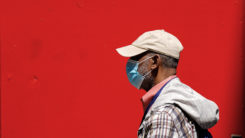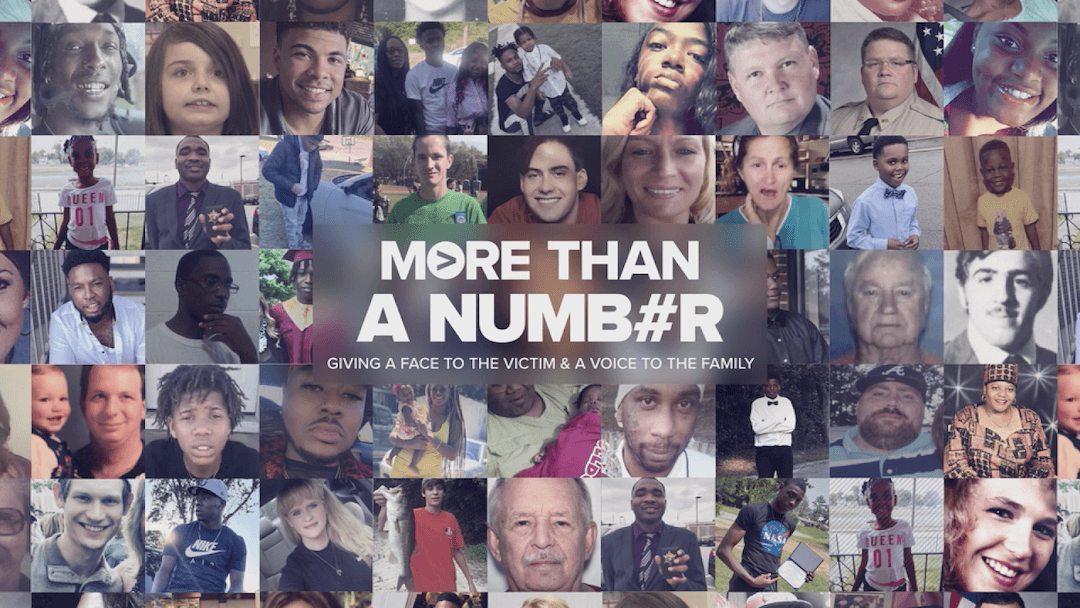A few years ago Kandace Redd was nearing the end of her contract at WFMY News 2 in Greensboro, North Carolina, when she felt the tug to return home to California. Knowing she wanted to stay with Tegna, the media company that owns the station, the multiskilled journalist began searching.
It was there on the Tegna website that Redd saw a posting for a race and culture reporter at ABC10 in Sacramento.
“I said, ‘OK, this is definitely for me,’” Redd recalled. “It was (a) personal as well as a professional decision.”
Redd said she wanted to continue serving communities as a journalist. She also thought about her identities as a Black person and a Black woman.
“When the murder of George Floyd happened, I said, OK, the time is up. The time has been up,” Redd said. “I want to continue to make a change and continue to tell impactful stories, but really make sure that I’m intentionally zoning in and helping people within marginalized groups and communities. I knew being a race and culture reporter, and focusing on that beat, will help me do that.”
In February 2021, Redd joined ABC10’s Race and Culture team, which officially launched two months later. The team’s mission is, in part, “to serve people who have been historically overlooked or underrepresented in the news by amplifying their voices through authentic representation, community engagement and equitable reporting.”
Over the past two years, the team has worked intently to build relationships with diverse communities and earn their trust, according to Gonzalo Magaña, ABC’s director of special projects and engagement who oversees the Race and Culture team and ABC10 Originals.
“Historically, communities of color don’t trust news outlets or the media just because of the way they have been portrayed, so we have put a lot of effort over the last few years upgrading those relationships,” Magaña said. “And we have also learned that, as a news outlet, we can contribute to further harm.”
Mangaña recalled the racial reckoning in the United States and in many newsrooms across the country after the murder of George Floyd by a police officer and other high-profile cases. ABC10 was among those newsrooms, he said, and many conversations took place.
Sabrina Sanchez, an engagement and special projects producer with ABC10 who helped launch the team, said the widespread protests against police brutality prompted many to reckon with the question: What do we do?
In the Sacramento-based station, Sanchez recalled those conversations and other probing questions like: “How do we perpetuate racism? Or how do we perpetuate stereotypes or prejudices in our own media? And how are we causing harm? Those were conversations that at least we were fortunate to have in our newsroom.”
The Race and Culture team was created out of a recommendation from many journalists — predominantly journalists of color — in the ABC10 newsroom, Magaña said. He added that the team works toward minimizing harm in the way they cover stories and how they include voices. Another part of the team’s mission is their commitment to “depicting stories accurately and fairly while challenging biases and stereotypes.”
Stories so far produced by the Race and Culture team include an examination of Hispanic representation at California State University, Sacramento, a feature spotlight on the Lunar New Year, and stories by Redd on Sacramento’s Black Wall Street and the history of slave deeds, which are property deeds registered with County Courts and Registers of Deeds containing information about enslaved people.
One example of the team’s work in transparency is their participation in conversations behind the scenes of some ABC10 stories. Last December, the station’s new show, “To the Point with Alex Bell,” aired a segment about Sherrano Stingley, a father whose arrest by Sacramento County Deputies left him unconscious. Stingley later died. The sheriff’s office released body camera video of the arrest, only some of which was aired by ABC10. “And this is not all of the video the sheriff’s office released,” host Alex Bell said. “We know that the video could be hard to watch for some people, so we want to let you know ahead of time. We also do not know all of the details.”
At the end of the segment, Bell said she wanted to be transparent about why they were not showing the entire arrest video on air. She said her team met with newsroom leaders and reached out to the Race and Culture team to have long discussions and ensure that their coverage would not harm any viewers.
Magaña said some of his team’s stories are on “To the Point with Alex Bell” and, when it was created, he and his colleagues wanted to make sure they weren’t a siloed team working out of the corner of the newsroom by themselves. “What we really worked towards is making sure that everything that we did as a race and culture team was infused into everything we do as a newsroom,” he said.
For that particular story, Magaña said the station knew watching the video could be very difficult for people, especially for the family of the man who died. The station took care in how much it showed, and how. “So all those conversations about how we’re treating the story are happening before we hit the air with the story, and the Race and Culture (team) works with ‘To the Point’ in having those conversations,” he said.
This emphasis on transparency was spotlighted recently by Trusting News, a research and training project by The Donald W. Reynolds Journalism Institute and The American Press Institute that empowers journalists to demonstrate credibility and earn trust. Some members of ABC10’s Race and Culture team attended a training last year by Trusting News on building trust with communities of color.
Mollie Muchna, a project manager of Trusting News, said her team didn’t help with this specific on-air transparency, but has worked with ABC10 on other projects. She said she felt the station’s decision to not air the full video of Stingley’s arrest was a great one and added that ABC10 was honest with its audience and transparent about what its process looks like.
“We have seen, through research that we’ve done in the past, that that builds transparency with their audience,” Muchna said. “I think by being transparent upfront and showing how much care and thought and ethics they were trying to put into their reporting process, and sharing that with their audience, is really really powerful.
Trusting News has been rolling out its Trust Kits, a new tool offering step-by-step guides for journalists who want to demonstrate credibility and actively earn trust from their audiences. The guides fall under thematic buckets that include “engagement,” “ethics and fairness,” and “newsroom culture.” Joy Mayer, director of Trusting News, said the kits are an attempt from her team to distill some of their most basic strategies and advice into a format that is easy for anyone to follow.
Magaña said one thing the team learned from Trusting News is how to incorporate language into their coverage that signals their intent in airing a story to their audience and to sources.
“Just from the beginning, it was clear to us that they were ready to really act on what we were going over in the workshop,” Mayer said of working with ABC10. “They were not just there to make small changes. They were there to really invest. … When you understand people’s perceptions of news deeply, and you understand what misassumptions they might have about news, or what frustrates them the most about news, or why they might feel disenfranchised from the news, then you can make decisions in your day-to-day coverage that start to rebuild trust and change that relationship.”
Sanchez said it’s been a journey to be part of this team. It’s also been a learning curve, she said, to figure out how to serve more than 10 counties and connect with diverse communities.
“That’s a huge undertaking. California is one of the most diverse states in the country and so it’s a great opportunity. It’s a high bar,” Sanchez said. “I think we’ve done a really great job, but I do think it takes a lot of work and we’re continuously trying to do better, and learning how to do better. Because we don’t have all the answers, we just continue to have our mission statement be our guiding post.”
For Redd, it was important to be in a role where she felt she was serving the community. Her favorite stories have been what she described as educational, like the one she did about a genealogist named Gerald Gordon and his research into slave deeds.
Many people have not been on camera or done a live interview before, Redd said. To build trust with an audience, she has transparent conversations with people she plans to center stories around. She ensures that she doesn’t have a mic in her hand the first time they meet. Depending on the story (and excluding investigative stories where the powerful are being held to account), Redd said there are times when she might send the person her questions in advance.
Every journalist is different, Redd said, so there are things she does that others may not do. And that’s OK, she added.
“But for me, I really do treat people how I would want my grandmother or my mother to be treated,” she said. “And that means with respect, with care, with dignity, and really, truly being a listening ear.”





